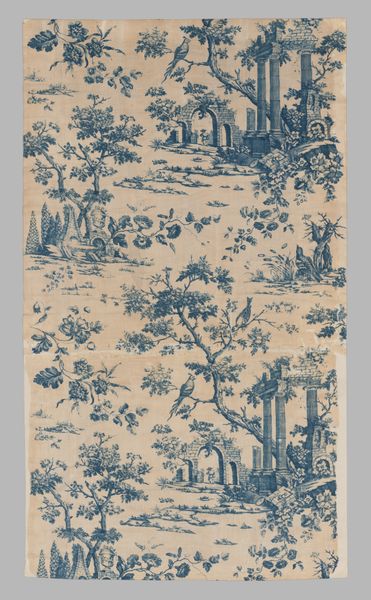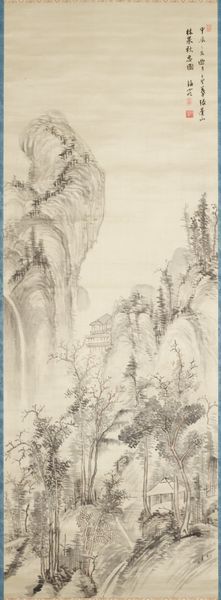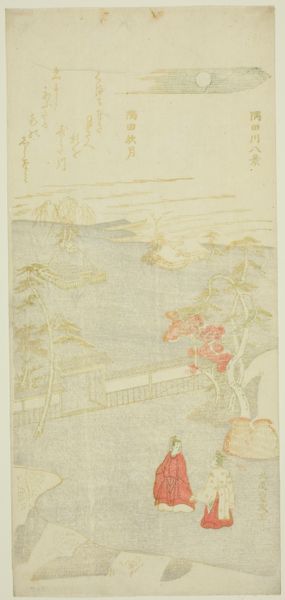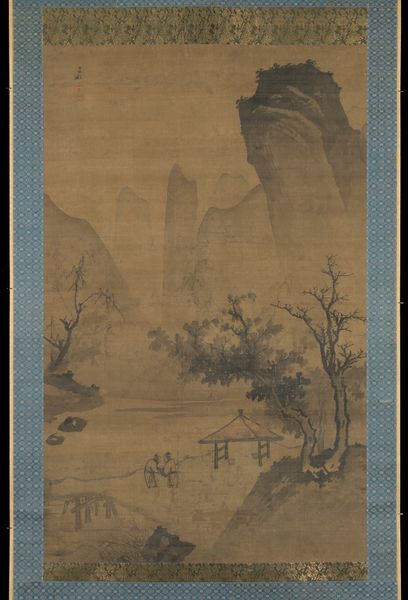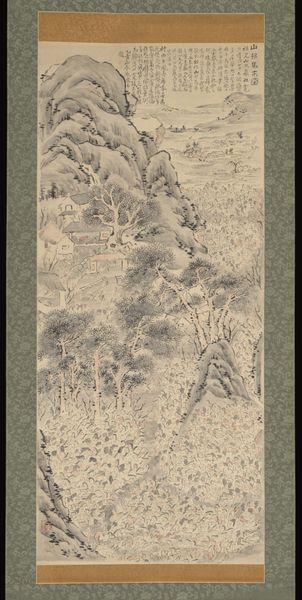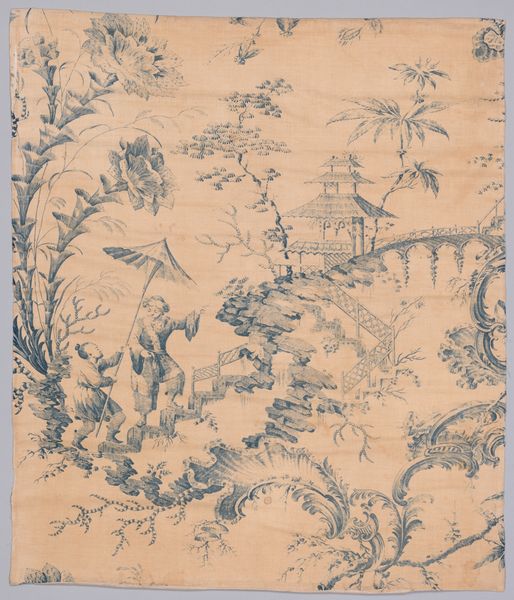
Dimensions: L. 76 1/4 x W. 39 1/2 inches 193.7 x 100.3 cm
Copyright: Public Domain
Editor: This is called "Piece," a textile print made between 1765 and 1775. It’s currently held at the Metropolitan Museum of Art. The pastoral scenes evoke a sense of nostalgia and simpler times, and I'm struck by the almost obsessive detail. What stands out to you? Curator: Well, first we should ask ourselves: what would owning or displaying such a piece mean at the time it was created? Consider the socio-political climate in which such imagery flourished. The late 18th century witnessed significant social upheaval alongside increased industrial production, creating a real market for decorative items like these. The seemingly simple rustic imagery would probably resonate deeply with consumers who had been drawn from rural life into industrial centers. Do you think this fabric's intended audience would consider its imagery novel? Editor: Interesting point. It's easy to see it now as 'charming country,' but perhaps then it spoke more to an imagined past? The industrial centers, of course, causing such changes in society. Curator: Exactly. And the textile itself speaks volumes about emerging consumer culture. Notice how easily repeatable patterns facilitated mass production, thereby impacting art accessibility for middle classes. Was this art democratizing, or was it a means of maintaining the status quo by re-framing perceptions? How do you view such themes in present contexts? Editor: That's an excellent point, connecting production, consumerism, and how we understand romanticized scenes versus the realities. Curator: Absolutely. Textiles such as this weren’t just beautiful adornments but served important social and even political purposes by reflecting the anxieties of that time period regarding modernity versus the allure of past rural stability in contrast against what they actually were within these burgeoning towns of revolution - which leads our perceptions in viewing arts differently each time given respective circumstances where societal pressures change according time's cycle during shifting demographics within society itself. Editor: That connection between societal changes, art production, and how we interpret these themes is really something to consider! Thanks!
Comments
No comments
Be the first to comment and join the conversation on the ultimate creative platform.
